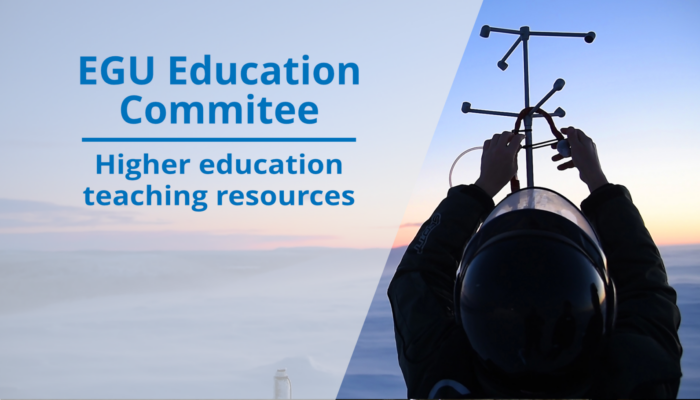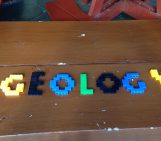
The European Geosciences Union (EGU) supports bringing science into the classroom at all learning levels, from schools to universities. Since the Higher Education Teaching Grant programme launched in 2020, EGU has funded 24 projects to develop useful and freely-available geoscience resources to university educators. This blog is part of a series of blogs highlighting the innovative and accessible resources developed by grant awardees to support teaching in higher education.
River Flood Hazard Modelling & Management
This teaching package provides teaching resources that can be incorporated into higher education courses related to river flood risk evaluation and management.
Target audience: undergraduate and graduate students.
The package includes three practices designed to follow a typical workflow in flood hazard studies. Each practice can be incorporated into a regular teaching course to support student learning and enhance their understanding of the theoretical content delivered in lectures. The three practices are as follows:
Practice 1. Estimating the frequency of river flood discharges
The aim of Practice 1 is to estimate the frequency of occurrence of river flood discharges. It includes three tasks that cover different methodologies commonly used to evaluate flood discharges in real studies.
Practice 2. Mapping river inundation hazard
The aim of Practice 2 is to estimate inundation hazard within a river reach using a two-dimensional numerical model. The practice is performed using the 2D free surface flow model: Iber, which is available for free in English and Spanish.
Practice 3. Managing flood hazard
The aim of Practice 3 is to help students understand the processes and evidence needed to make informed decisions that reduce river flood risk.
All the necessary materials to perform the practices are provided in the package, including a brief theoretical background, the data files needed to develop the different tasks proposed, and Python scripts, when necessary. All practices can be done using freely available software so no software licenses are required.
The teaching package can downloaded here.
The materials included in this Teaching Package have been created by:
Luis Cea, Jerónimo Puertas and Juan Fernando Farfán Durán (University of A Coruña); Ernest Bladé and Marcos Sanz (Polytechnic University of Catalonia); and María Bermúdez (University of Granada), and was supported by EGU through the 2020 Higher Education Teaching Grant programme.
Queries about the above teaching package should be addressed to luis.cea@udc.es
For more geoscience resources for higher education, please browse the teaching grant recipients for 2020, 2021, and 2023. More educational resources for teaching at university and other levels can be found on the EGU educational resources webpage.
If you’re interested in receiving funding to develop your own teaching resource, sign up to EGU’s monthly newsletter to keep updated when the next round of applications open and for other opportunities. For more information on the Higher Education Teaching Grant please contact the EGU Education Committee.




